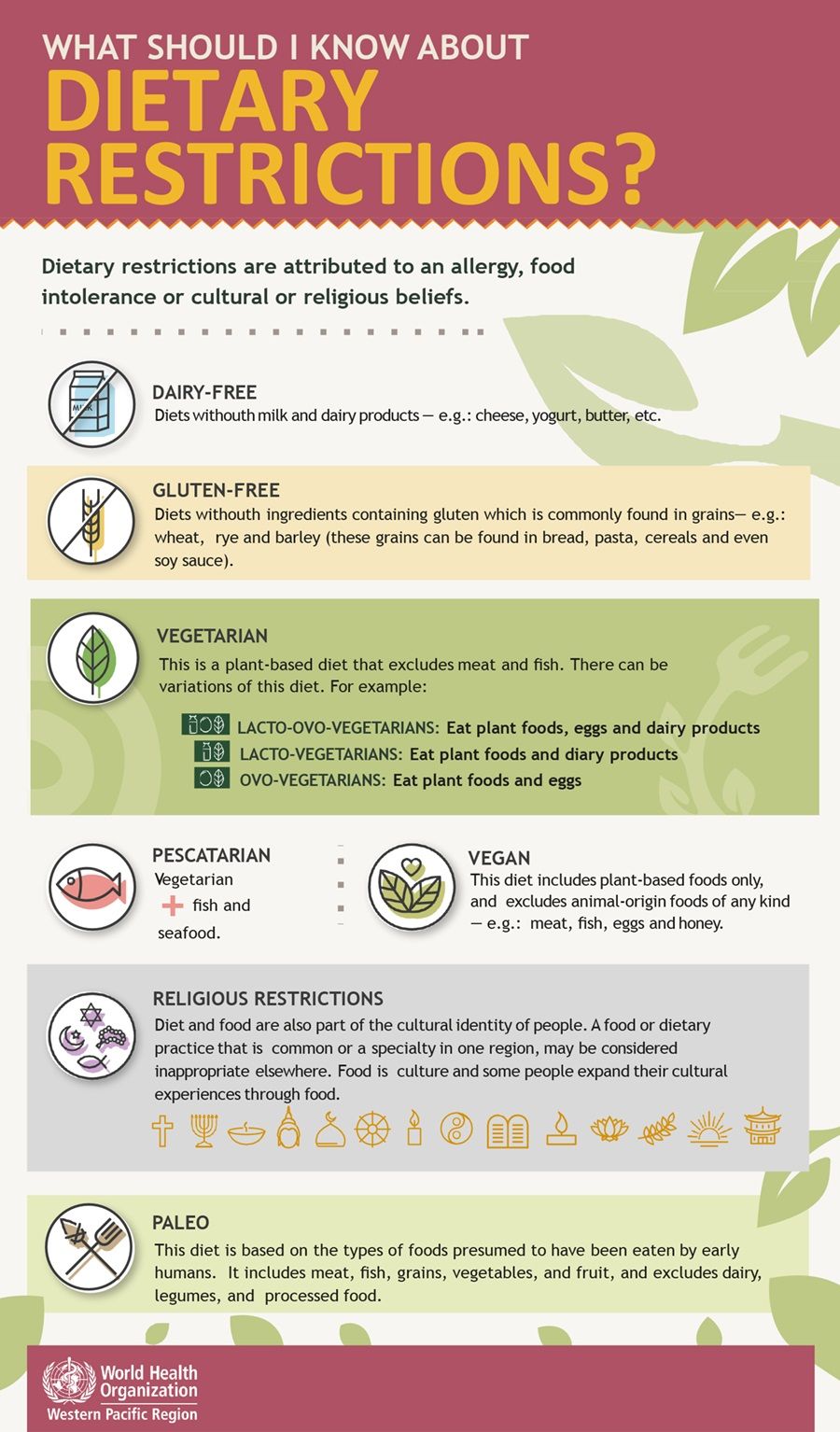How Cook Schools Adapted to the Pandemic
contextAs the global pandemic continues to spread, many cook schools around the world have adapted to the new normal by embracing innovative methods and technologies that help them improve safety and maintain quality of teaching. With most students unable to attend cookery classes in person due to the increasing risk associated with physical contact, here is a look at how cook schools have moved their entire operations online, as well as some of the extraordinary measures they have taken to ensure the safety of their staff and students.
The onset of the pandemic has caused major disruptions to the education system worldwide, however, the culinary industry has been hard hit due to its reliance on physical classes. Before the pandemic, cooking classes were largely conducted in a face-to-face setting, with large groups of students gathering in one kitchen to learn various recipes and techniques.
In response to the pandemic, many cook schools have embraced online learning and employed educational technology to continue to serve their students. For example, many schools now offer live interactive classes on platforms such as Zoom, Skype or Google Hangouts, allowing students to chat and interact with their instructors in real time. These virtual lessons typically include live demonstrations, practical feedback and problem solving tips.
Other schools offer classes through pre-recorded video lessons. This approach can allow students to view and re-watch their lessons as many times as necessary to fully understand each concept. It also allows schools to save time by automatically disseminating instructional videos and effortlessly collecting student feedback.
Cook schools have also modified their learning content to better suit the remote set-up. Classes are now more focused on technique than on actual recipes, as students are unable to purchase the same ingredients or have access to the same equipment. To make things easier, some schools have sourced unique, locally available ingredients to help students benefit from the change in scenery while still having access to the essential tools they need to explore various cuisines.
In addition to the digital learning solutions, some schools have also established safety protocols for a hybrid teaching scheme. In this approach, students can attend class both online and in-person, so long as they meet the hygiene and social distancing requirements. Schools typically conduct temperature checks, ask students to wear masks, and limit the number of people allowed in the kitchen at one time.
To ensure proper sanitation, cook schools are also paying particular attention to the cleanliness of their shared kitchen spaces. Some schools have invested in additional cleaning supplies and implemented regular disinfection schedules. Others have installed protective shields around workstations to reduce the risk of transmission among students.
Furthermore, cook schools across the globe have begun offering creative meal kits and delivery services, allowing students to participate in cooking classes without leaving their homes. These kits are specially designed to bridge the gap between home cooking and professional cooking, providing students with all the necessary ingredients and instructions needed to recreate the recipes in their very own kitchens.
Finally, many cook schools have introduced new payment options to make it easier for students to sign up for classes. These include no-deposit or pay-as-you-go payment plans, which enable students to upgrade or downgrade their plans according to their needs and economic situation.
The pandemic has undoubtedly had an enormous impact on the culinary industry. However, with the determination of cook schools to keep the flame of culinary culture alive and the resilience of their students, it seems the industry is slowly but surely overcoming the obstacles presented by the pandemic.












